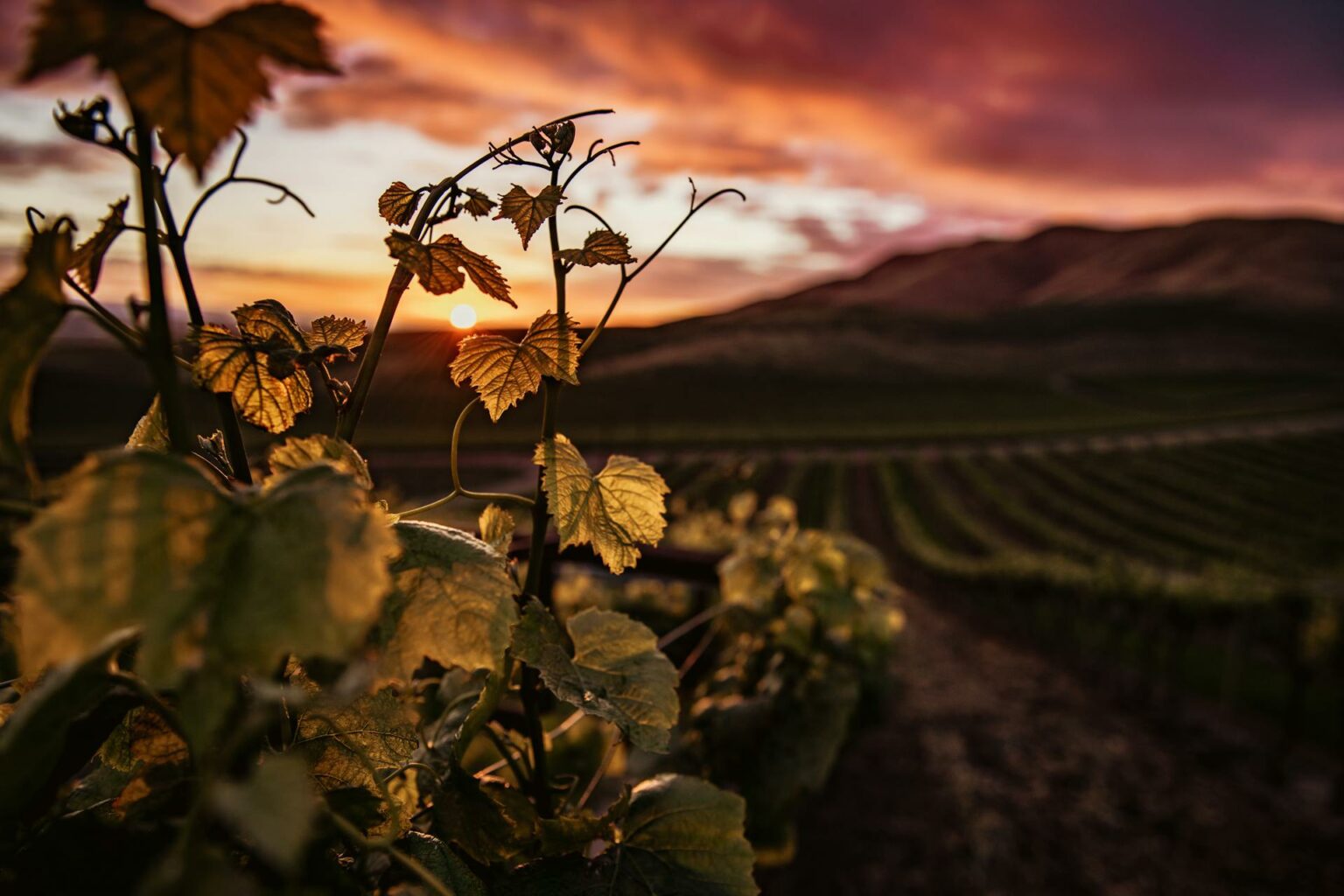We are fortunate to work in a winery built in the 18th century. Our fermentation tanks are made of concrete, most of them constructed in the 1940s and 1950s, and are temperature-controlled. Indeed, we have equipped the entire winery with a chilled water plant and an individual temperature control system. The vinification of the white wines takes place in the western part. Each tank holds approximately 70 hectoliters.
This technique involves removing the stems, which eliminates a large portion of the harsh and herbaceous aromas from the wine. The stem does not contribute anything to the fermentation; it’s merely the fruit’s stalk (like the stem of a cherry, which we do not eat).
Once the grapes are in the tank, we wait for 48 to 72 hours before starting the fermentation. This allows us to extract more color, intensity, and fruitiness.
Fermentation, like any chemical reaction, releases energy that results in a rise in temperature. If left uncontrolled, the temperature could exceed 30°C for red wines. Experience has shown that for high-quality red wine, it’s preferable to remain below 27/28°C. For white wine, it’s best not to exceed 16/17°C.
The explanation is simple: at too high a temperature, the aromas escape. To illustrate, one can heat wine in a saucepan for 3 to 4 minutes, let it cool, then compare it to a sample kept at room temperature. The aromas, affected by the heat, have evaporated (along with the alcohol).
The same phenomenon occurs when applying perfume; it takes about 10 minutes for the fragrance to reach its full potential, with body heat acting as a catalyst. These are just a few examples of the techniques we employ today. Our predecessors passed down methods that we continue to refine and evolve.
Once the white grape harvest is pressed, we obtain juice laden with microparticles called lees or coarse lees. These lees are rich in aromas, but we cannot keep them during fermentation because they introduce highly detrimental aromatic deviations. One of the most common techniques is to filter the juice before fermentation, but this impoverishes the environment.
We prefer to make the most of these lees: right after pressing, we pass the juice through a device that saturates it with pure oxygen, and the result is impressive. 24 hours after this treatment, we obtain a clear juice, loaded with aromas. Another significant advantage is the marked improvement in the final stability of the wine, allowing us to halve the use of sulfur in our finished wines. Our sweet white wines contain half the amount of sulfur compared to a traditional sweet wine.
A demonstration enriches our perception: Open a bottle of sweet white wine, smell it, aerate it, and feel it. Since sulfur is highly volatile, it escapes first. The most well-known discomfort is the infamous frontal headache one experiences after consuming wines high in sulfur. You will never experience these discomforts with our wines.
We want to clarify one ambiguity: the use of SO2 (sulfur) is not harmful to the wine because it naturally produces it. Fermentation yeasts release SO2 when they die; we only amplify the phenomenon.

